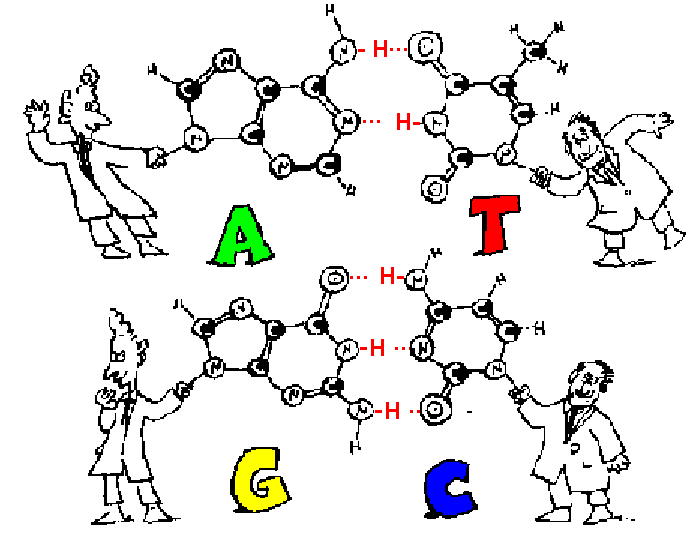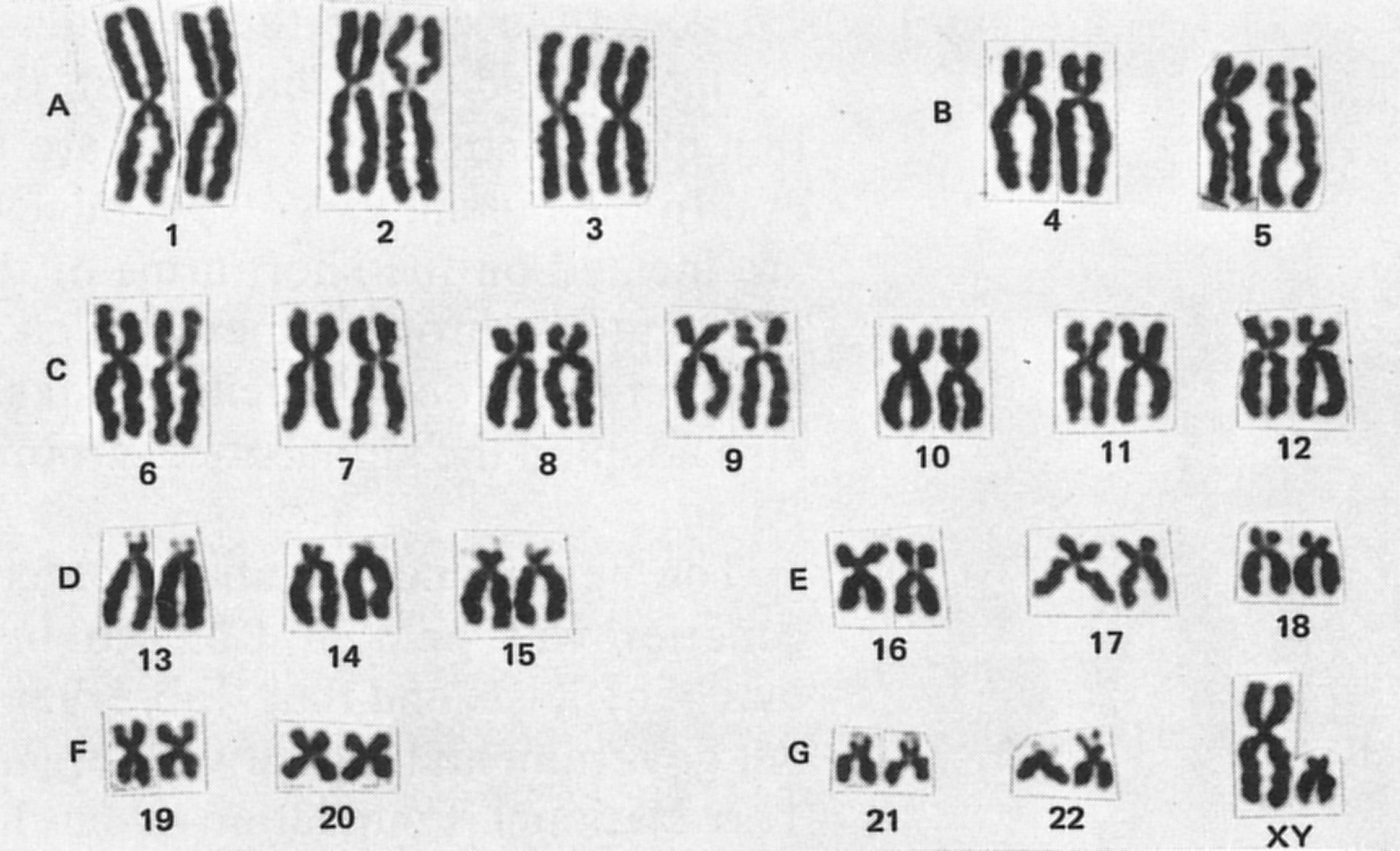- References: Only use Websites ending in .gov, .edu , .net , .org. references ending in .com will not be allowed for your research.
- DO NOT USE wikipedia.org, this is the only .org website you are not allowed to you.
- Minimum 6 references.
Monday, November 30, 2015
PBL DNA Extraction Kit
Due December 15th 2015
Tuesday, November 10, 2015
Chapter 8
Chapter 8
Chapter 8 DNA and Protein Synthesis
Due 11/16
300 word essay (typed or written) explaining if you agree or disagree with Watson and Crick receiving the Noble Peace Prize.
View, take notes, & Answer the questions
Secret of Photo 51
Section 8.1
Griffith Experiment
Hershey-Chase Experiment
Section 8.2
DNA is made up of 3 structures (phosphate, 5 carbon sugar, nitrogenous base)
Base Pairing Rules
Each base held to the other by Hydrogen Bonds
Section 3: DNA Replication
Question on STAAR
DNA REPLICATION
Section 4 & 5
Transcription (in the nucleus using DNA template)
19 9 * 22 15 21 19 * 20 18 1 4 21 9 19 5 26 * 3 5 12 1 *
1 12 15 18 19 * 22 15 21 19 * 15 2 20 9 5 14 4 18 5 26 *
2 15 14 2 15 14 19.
1 12 15 18 19 * 22 15 21 19 * 15 2 20 9 5 14 4 18 5 26 *
2 15 14 2 15 14 19.
ATG GCT AAA TGC TAA TAG CAT
DNA to Proteins
TRY THIS:
What if DNA wanted this sequence to make a protein....
TAC TAG CAT GTA ACT
What about this one....
TAC CCT ATA AAA GAT TTA
Gene Therapy?
Editing Your DNA
Translation (in the cytoplasm using ribosomes)
PROTEIN SYNTHESIS
Using the Codon Chart....
Friday, November 6, 2015
Chapter 6 Meiosis
Chapter 6
Section1: Chromosomes & Meiosis
Your body produces 2 types of cells....
1. Germ Cells aka Sex Cells aka Gametes
2. Somatic Cells aka body cells (all other cells in your body)
The number of chromosomes varies within species....
Humans have 23 pairs of chromosomes in each cell (46 chromosomes total)
Fruit flies have 4 pairs of chromosomes in each cell (8 chromosomes total)
Dogs have 39 pairs in each cell
Cats have 19 pairs...
No matter what species you have each chromosome has its pair (the same size and copies of the same genes)
These two pairs of chromosomes are called HOMOLOGOUS CHROMOSOMES
The EXCEPTIONS are the Sex Chromosomes...
Fertilization happens when an egg (having 23 chromosomes) combines with the sperm (having 23 chromosomes) forming a DIPLOID CELL
Haploid Vs Diploid
Syndromes of Sex Linked Chromosomes
Klinefelter Syndrome
Can Species Interbreed?
Mitosis vs Meiosis
What is Meiosis?
Tuesday, October 20, 2015
Chapter 5 Cell Growth and Division
5.1 The Cell Cycle
Cycle=repetition or repeating patterns.
G0 (Gap 0): cells carry out their normal functions but are unlikely to divide ex: Neurons
1. gap 1
2. cell growth, normal functions, replications of organelles, length of time a cells varies for each cell & organism. Critical check point in cell division #1 @ the end of G1.
3. synthesis.
4. copies DNA from the nucleus
5. gap 2
6. more growth and normal functions, Critical check point in cell division #2 @ the end of G2.
7. mitosis
8. cell division
9. prophase
10. metaphase
11. anaphase
12. telophase
13. cytokinesis Cyto=Cell Kinesis=division
14. mitosis
15. interphase
Cells divide at different rates:

Cell size is limited due to surface to volume ratio:
G1& G2 stages got their names because scientists did not see any activity going on in cells, and thought there were Gaps in cell activity.
M-Phase (Mitosis): Cells The cell nucleus and its contents divide this includes cytokinesis.
Division and Growth must coordinate for cells to stay the same size from generation to generation.
5.2 Mitosis & Cytokinesis

1.interphase: copies DNA, grows, duplicates organelles
2. prophase: chromosomes condense, nuclear envelope breaks down, spindle fibers form.
3. metaphase: spindle fibers align chromosomes along the cell equator
4. anaphase: chromatids separate to opposite sides of cell

5. telophase: nuclear membranes start to form around chromosomes, chromosomes begin to uncoil, spindle fibers fall apart
6. cytokinesis: divides the cytoplasm between two daughter cells
Cycle=repetition or repeating patterns.
G0 (Gap 0): cells carry out their normal functions but are unlikely to divide ex: Neurons
1. gap 1
2. cell growth, normal functions, replications of organelles, length of time a cells varies for each cell & organism. Critical check point in cell division #1 @ the end of G1.
3. synthesis.
4. copies DNA from the nucleus
5. gap 2
6. more growth and normal functions, Critical check point in cell division #2 @ the end of G2.
7. mitosis
8. cell division
9. prophase
10. metaphase
11. anaphase
12. telophase
13. cytokinesis Cyto=Cell Kinesis=division
14. mitosis
15. interphase
Cells divide at different rates:
- Rates of cell division vary widely
- Cell divides according to the body’s need (Ex. Skin cells divide more often then liver cells.)
- The length of gap 1 varies widely among cell types.
- Neurons, enter a stage called G0, where cells are unlikely to divide again.
Cell size is limited due to surface to volume ratio:
- If cell is small it could not contain organelles and needed molecules.
- If cells is large it could not move enough materials across the membrane surface.
- To be at perfect size cell growth and division must be coordinated.
Experiment Explaining The Importance of Size of Cell
G1& G2 stages got their names because scientists did not see any activity going on in cells, and thought there were Gaps in cell activity.
M-Phase (Mitosis): Cells The cell nucleus and its contents divide this includes cytokinesis.
Division and Growth must coordinate for cells to stay the same size from generation to generation.
What Breast Cancer Cells Look Like When Dividing
5.2 Mitosis & Cytokinesis

Chromosome structure
- A chromosome is one long continuous thread of DNA.
- DNA wraps around proteins called histones.
- During Interphase,DNA and histones form chromatin that look like spaghetti.
- Chromosomes condense tightly for mitosis.
- Because they are duplicated, they look like an X.
2. prophase: chromosomes condense, nuclear envelope breaks down, spindle fibers form.
3. metaphase: spindle fibers align chromosomes along the cell equator
4. anaphase: chromatids separate to opposite sides of cell

5. telophase: nuclear membranes start to form around chromosomes, chromosomes begin to uncoil, spindle fibers fall apart
6. cytokinesis: divides the cytoplasm between two daughter cells
Say What?? Let's see it again!
Subscribe to:
Posts (Atom)
















